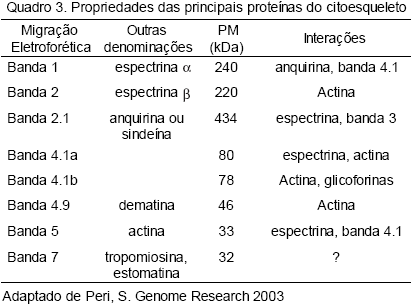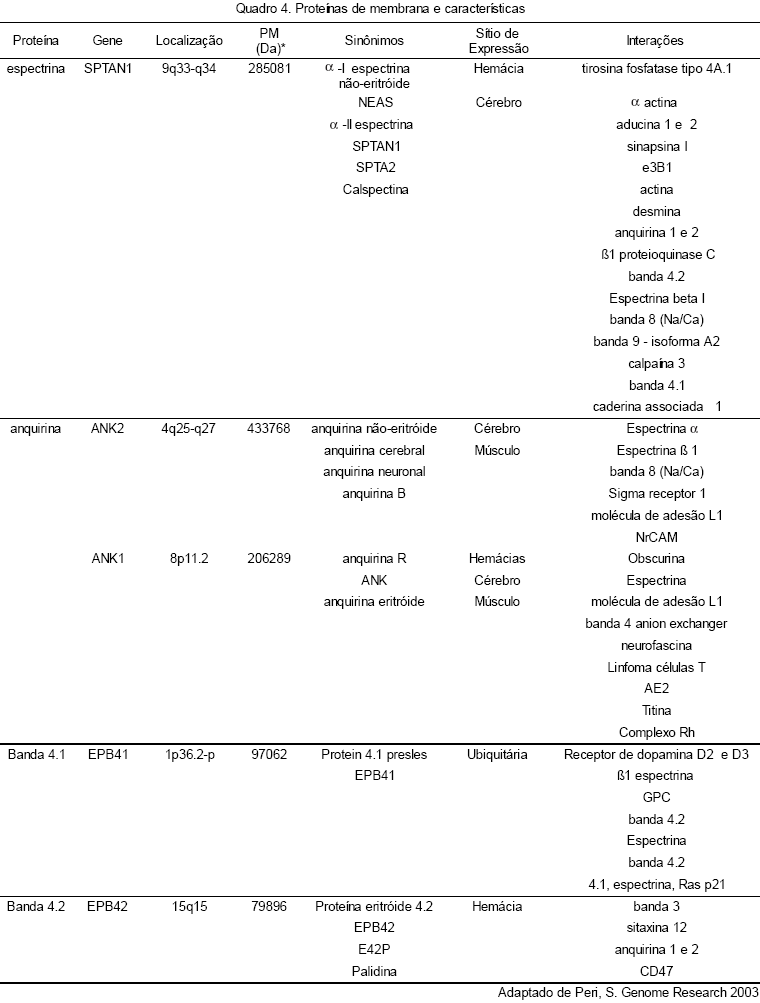This article describes the structures and functions of the erythrocyte membrane and its importance in transfusional medicine. The erythrocyte membrane is one of the best known membranes in terms of structure, function and genetic disorders. As any other plasma membrane, it mediates transport functions. It also provides the erythrocytes with their resilience and deformability. According to the International Society of Blood Transfusion (ISBT), more than 500 antigens are expressed in the erythrocyte membrane, and around 270 are involved in transfusion reaction cases and hemolytic diseases of the fetus and newborn. In the ISBT classification, the high frequency series is represented by antigens in more than 99% of population (high prevalence antigen). In transfusion, the absence of these antigens determines severe problems as for example, one woman without the P antigen suffered 6 repetitive miscarriages due to placental insufficiency, which was caused by an antibody formed against the absent P antigen. Some important erythrocyte membrane proteins are described here including Band 3, Glycophorins and spectrin. The most abundant integral membrane protein is Band 3 and its main function is to mediate exchange of chloride and bicarbonate anions across the plasma membrane. The second most abundant integral membrane protein in the human erythrocyte is sialoglycoprotein glycophorin A (GPA). With its high sialic acid content, GPA is the main contributor to the net negative cell-surface charge and is thus critical for minimizing cell-cell interactions and preventing red cell aggregation. Glycophorin C (GPC) is the receptor for PfEBP-2 (baebl, EBA-140), the newly identified erythrocyte binding ligand of Plasmodium falciparum. The ternary complex of spectrin, actin and 4.1R defines the nodes of the erythrocyte membrane skeletal network, and is inseparable from membrane stability when under mechanical stress. This erythrocyte membrane review is important for a better understanding of transfusion reactions, where the antibody formation against high prevalence antigens makes compatible transfusions difficult. The study of antigen diversity and biochemical characterization of different proteins will contribute to healthcare, as well as diagnosis, development of technology such as monoclonal antibody production and the therapeutic conduct of many diseases.
Erythrocyte membrane; proteins; antigens; glycophorins









